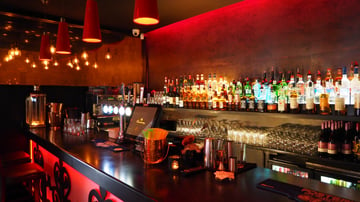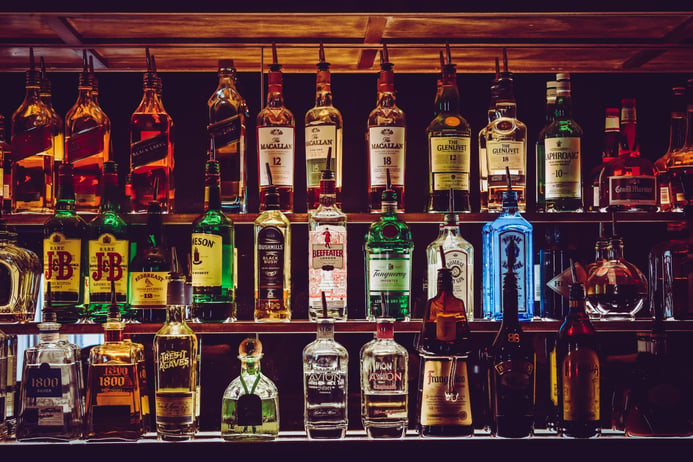 Efficient management of beer and wine inventory is vital for a bar's success. Proper tracking and control of these items within a bar inventory system and liquor inventory system can help optimize stock levels, reduce waste, meet customer demands, and maximize profitability. Let's delve into some effective strategies for managing beer and wine inventory in a bar.
Efficient management of beer and wine inventory is vital for a bar's success. Proper tracking and control of these items within a bar inventory system and liquor inventory system can help optimize stock levels, reduce waste, meet customer demands, and maximize profitability. Let's delve into some effective strategies for managing beer and wine inventory in a bar.
-
Categorize and Organize: Categorize beer and wine inventory based on type, brand, and varietal. Organize bottles and kegs in a systematic manner to facilitate easy counting and restocking.
-
Accurate Measurement: Begin by accurately measuring and recording the initial stock levels of beer bottles, wine bottles, and kegs. Utilize measuring tools and scales to ensure precise measurements.
-
Regular Inventory Checks: Conduct routine inventory checks to monitor beer and wine consumption. This can be done weekly or monthly, depending on the bar's volume. Compare recorded quantities with actual stock levels to identify discrepancies and take necessary actions.
-
Forecasting and Ordering: Analyze sales patterns and customer preferences to forecast beer and wine demand. Based on these insights, establish par levels for each type and varietal, and implement a reordering system to maintain optimal stock levels and prevent shortages.
-
Storage Conditions: Ensure beer and wine are stored in appropriate conditions to maintain quality. Keep beer bottles and kegs refrigerated at the correct temperature, and store wine bottles in a cool, dark place to preserve their taste and aroma.
-
Rotation System: Implement a rotation system to ensure proper stock rotation. Use the "first in, first out" (FIFO) method to sell older inventory before newer arrivals, reducing the risk of expired or stale beer and wine.
-
Supplier Relationships: Foster strong relationships with beer and wine suppliers. Maintain open communication, negotiate favorable terms, and leverage their expertise to select high-quality products and secure timely deliveries.
-
Staff Training: Train bartenders and staff on proper handling, pouring techniques, and the importance of minimizing waste. Educate them on the characteristics of different beers and wines to enhance their ability to assist customers and make recommendations.
-
Utilize Technology: Utilize bar inventory systems or liquor inventory management software to streamline beer and wine tracking. These systems can generate reports, analyze sales data, and aid in making informed decisions about reordering and menu planning.
-
Customer Feedback: Seek feedback from customers regarding beer and wine selections. Use their input to adjust inventory and cater to their preferences, ensuring a satisfying drinking experience.
By implementing effective strategies for managing beer and wine inventory within a bar inventory system and liquor inventory system, bars can optimize stock levels, reduce waste, and meet customer demands. This leads to improved customer satisfaction, increased sales, and enhanced profitability in the competitive bar industry.


 There are countless reasons why one should be on top of their liquor inventory. Being in the business now for over 10 years here are the 4 most prominent points I have seen during that time.
There are countless reasons why one should be on top of their liquor inventory. Being in the business now for over 10 years here are the 4 most prominent points I have seen during that time. single item or a measured quantity” In the hospitality industry, we are sometimes faced with a decision; do we want our liquor to be poured by way of a dispensing unit? Do we want our bartenders to be “automatic” and potentially take away any flair our personable bar staff has to offer our patrons?
single item or a measured quantity” In the hospitality industry, we are sometimes faced with a decision; do we want our liquor to be poured by way of a dispensing unit? Do we want our bartenders to be “automatic” and potentially take away any flair our personable bar staff has to offer our patrons? Taking Control of your bar inventory management
Taking Control of your bar inventory management Share the success!
Share the success!

